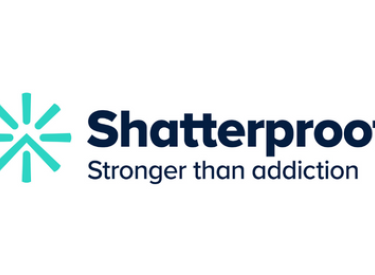
This Week's News In Substance Use: 4/26/19
The authors of influential federal guidelines for opioid prescriptions for chronic pain said Wednesday that doctors and others in the health care system had wrongly implemented their recommendations and cut off patients who should have received pain medication.
“Unfortunately, some policies and practices purportedly derived from the guideline have in fact been inconsistent with, and often go beyond, its recommendations,” the researchers wrote in a paper published in the New England Journal of Medicine.
They said some health care players had used the guidelines to justify an “inflexible application of recommended dosage and duration thresholds and policies that encourage hard limits and abrupt tapering of drug dosages,” when the guidelines did not actually endorse those policies. The authors did not identify stakeholders other than clinicians who they said have misapplied their guidance, but advocates have also accused insurance companies and state agencies of using the guidelines to inappropriately withhold treatment from some patients.
The Giants at The Heart of the Opioid Crisis, The New York Times
There are the Sacklers, the family that controls Purdue Pharma, the maker of OxyContin. There are the doctors who ran pill mills, and the rogue pharmacists who churned out opioid orders by the thousands.
But the daunting financial muscle that has driven the spread of prescription opioids in the United States comes from the distributors — companies that act as middlemen, trucking medications of all kinds from vast warehouses to hospitals, clinics and drugstores.
The industry’s giants, Cardinal Health, McKesson and AmerisourceBergen, are all among the 15 largest American companies by revenue. Together, they distribute more than 90 percent of the nation’s drug and medical supplies.
New civil suits from the attorneys general in New York, Vermont and Washington State accuse distributors of brazenly devising systems to evade regulators. They allege that the companies warned many pharmacies at risk of being reported to the Drug Enforcement Administration, helped others to increase and circumvent limits on how many opioids they were allowed to buy, and often gave advance notice on the rare occasions they performed audits.
In Quincy, A Glimmer of Hope Amid Opioid Crisis, The Boston Globe
The day after her son overdosed on a near-fatal mix of heroin and fentanyl, there was a knock on the door. Two plainclothes police officers and two health workers had arrived unannounced, in the dark of the evening, and the distraught woman could only imagine what they wanted.
They wanted to help.
“It was a miracle,” recalled the mother of five, who asked not to be identified. “I was trying to save my son’s life, and I was desperate.”
Fifteen months later, her son Shawn, 27, remains drug-free, the longest such stretch in a torturous decade of opioid [addiction]. She credits that cold call, a cornerstone of Quincy’s nationally recognized campaign to reduce overdose deaths, with rescuing her child.
For the last three years, a team of Quincy police and health workers has visited overdose survivors and their families, mostly within one or two days after an overdose. They offer options for counseling and treatment, and they bring naloxone, the overdose-reversing drug commonly known as Narcan.
They also bring a clear message that the wrenching, complicated journey from the horrors of substance [misuse] does not have to be borne alone. That message is almost always welcomed, and often with tears.
County Jails Struggle with a New Role as America's Prime Centers for Opioid Detox, NPR
Faced with a flood of addicted inmates and challenged by lawsuits, America's county jails are struggling to adjust to an opioid health crisis that has turned many of the jails into their area's largest drug treatment centers.
In an effort to get a handle on the problem, more jails are adding some form of medication-assisted treatment, or MAT, to help inmates safely detox from opioids and stay clean behind bars and after release.
But there are deep concerns about potential [misuse] of the treatment drugs, as well as worries about the efficacy and costs of programs that jails just weren't designed or built for.
"It was never traditionally the function of jail to be a treatment provider, nor to be the primary provider of detoxification in the country — which is what they have become," says Andrew Klein, the senior criminal justice research scientist with the company Advocates for Human Potential, which advises on jail and prison [addiction] treatment programs across the U.S. "So, with the opioid epidemic, jails are scrambling to catch up."




